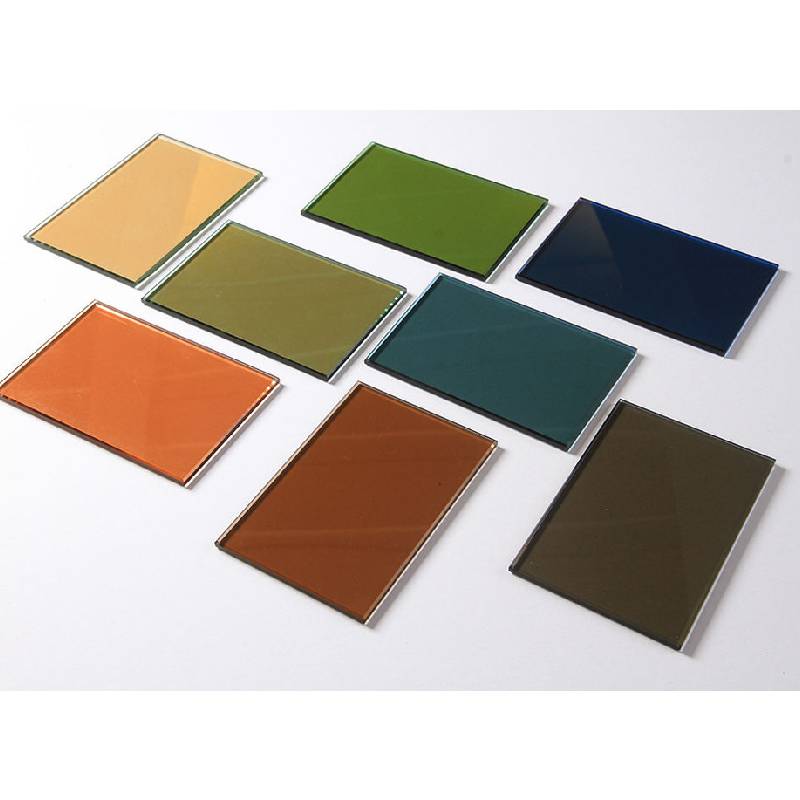

The Rise of IGU Glass Transforming Modern Architecture and Design
In today’s rapidly evolving architectural landscape, the importance of insulation and energy efficiency cannot be overstated. Among the plethora of advancements in building materials, Insulated Glass Units (IGUs) have emerged as a game-changer. These specially designed glazing systems are engineered to enhance thermal performance, reduce noise, and promote sustainability, marking a significant leap forward in glass technology.
IGU glass is composed of two or more panes of glass separated by an airspace or gas-filled cavity, which acts as a thermal barrier. The space between the panes is typically filled with argon or krypton gas, both of which are less conductive than air, significantly improving insulation. This design not only minimizes heat transfer but also helps regulate indoor temperatures, leading to increased comfort and reduced energy costs. As energy efficiency standards become more stringent, IGU glass presents an ideal solution for commercial and residential buildings alike.
Sustainability is another pivotal aspect driving the popularity of IGU glass. With growing awareness of climate change and its impacts, there is an increasing demand for eco-friendly construction materials. IGUs not only offer superior energy efficiency but also contribute to sustainable building certifications such as LEED (Leadership in Energy and Environmental Design). By minimizing energy consumption for heating and cooling, buildings adorned with IGU glass can significantly reduce their carbon footprints, aligning with global sustainability goals.

Moreover, advancements in IGU technology have led to the development of low-emissivity (Low-E) coatings. These coatings enhance the glass's performance by reflecting infrared light, keeping heat inside during winter while deflecting unwanted heat during summer. This dual-action mechanism further optimizes indoor climates and contributes to reduced HVAC (Heating, Ventilation, and Air Conditioning) loads, resulting in considerable energy savings over time.
The aesthetic appeal of IGU glass cannot be overlooked, either. Architects and designers appreciate the flexibility and variety that IGUs offer. Available in numerous styles, shapes, and sizes, IGUs can be customized to meet the creative demands of modern buildings. The ability to incorporate different finishes or colors allows for seamless integration into diverse architectural designs, making them not only functional but also visually striking.
As the demand for sustainable, energy-efficient, and noise-reducing solutions continues to rise, it is clear that IGU glass plays a pivotal role in shaping the future of construction. Its multifaceted benefits make it a preferred choice for a diverse range of applications, from residential homes to high-rise buildings. As technology continues to advance, we can anticipate further innovations in IGU glass that will enhance its performance, durability, and environmental impact.
In conclusion, IGU glass stands at the forefront of modern architecture, providing key advantages in insulation, noise reduction, and sustainability. As both consumers and builders prioritize energy efficiency and eco-friendliness, IGUs offer a compelling solution that meets these demands while elevating the aesthetic quality of our built environment. The continued evolution of IGU glass will undoubtedly play a crucial role in the architectural gems of tomorrow.